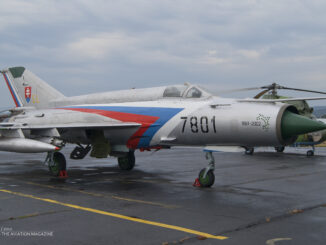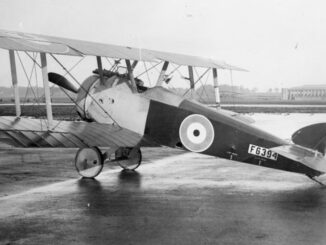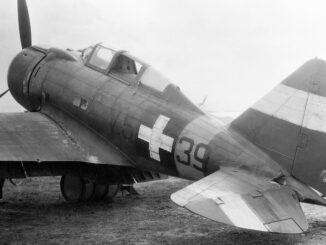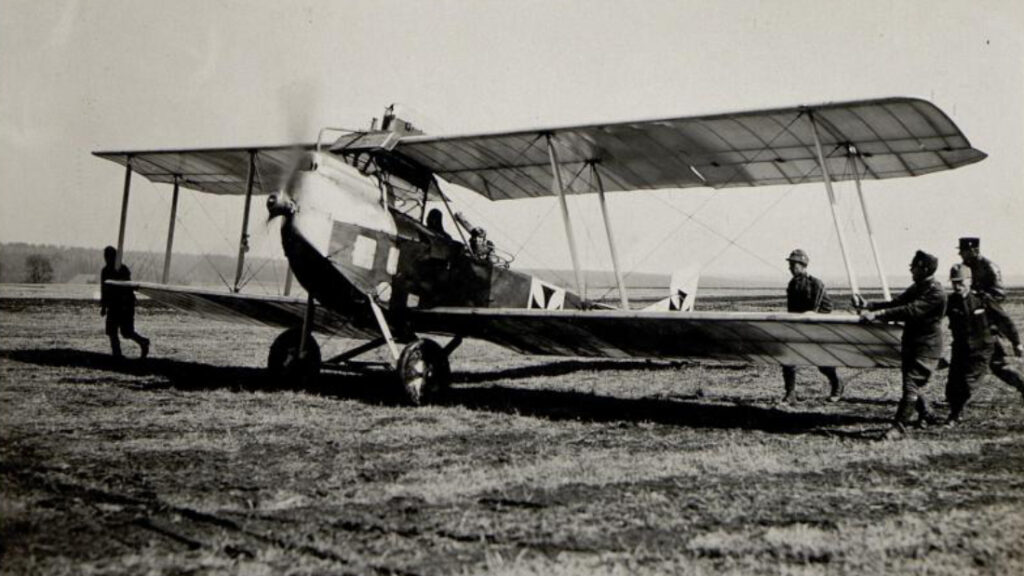 Coincidentally, on the sixth day of January (in various years), several flying aces of the First World War were born. They came from different countries and served on different fronts, but they shared the same passion for flying and the same life of a military pilot in the greatest war the world ever seen so far.
Coincidentally, on the sixth day of January (in various years), several flying aces of the First World War were born. They came from different countries and served on different fronts, but they shared the same passion for flying and the same life of a military pilot in the greatest war the world ever seen so far.
For the first time, the term ´air ace´ emerged in 1915, in France. When the French pilot, Adolphe Pégoud, became the first pilot officially credited with more than five aerial victories, local press nicknamed him l´as (the ace). That term was quickly adopted by military authorities and the title was shortly officially awarded to any pilot who managed to shoot down five enemy aircraft.
That habit was quickly followed by the German and British military aviation. Luftstreitkräfte pilots needed to destroy eight enemy aircraft to receive Pour le Mérite medal, commonly nicknamed the Blue Max. In the Great Britain, the top pilots were initially known as ´star-turns´, that was a term adopted from show business.
Soon, the idea of flying ace spread among other air forces in the world. Although each country had its own standards to officially acknowledge the aerial victory and different number of destroyed aircraft was needed to receive the title of top-scoring pilot, in common perception each pilot who downed five enemy aircraft was becoming ´the ace´.
The list of Great War aces is long and is still a subject of research and investigation. Combat history of top flying aces was thoroughly assessed and names such as von Richthofen, Fonck, Bishop, Udet or Mannock found their way to general public, becoming icons of the aerial warfare.
Nevertheless, apart from those aces who downed fifty, sixty or even more than seventy enemy aircraft, there still are dozens virtually forgotten pilots – although their contribution should not be overlooked. And here are short stories about few of them, having in common the fact all they were born on the 6th of January.
John Lancashire Barlow – was born in 1899, in Wivenhoe Hall, England. Since his early years, Barlow was known as a good shooter. Almost immediately after the outbreak of the Great War, he enlisted in the 8th Essex Regiment, Cyclist Corps. Certainly, it required some cheating, as at that time John Barlow was only fifteen years old.
Barlow´s first army adventure did not last very long. In December, his real age was discovered and Barlow had to leave the Cyclist Corps and decided to became a pilot.
Firstly, he went to Bournemouth Aviation School where he completed pilot´s course and received his official certificate. Nevertheless, being still too young for military service, Barlow became a test pilot at Wells Aviation Factory where he waited until became of legal age.
At the beginning of 1917, following his eighteenth birthday, Barlow was finally allowed to join the Royal Flying Corps and officially began his duty as a fighter pilot in April of the same year. Barlow was assigned to No. 40 Squadron and yet on 9th June 1917 recorded his first aerial victory. Exactly two months later, the young pilot became the flying ace, after downing his fifth enemy aircraft – an observation balloon.
Regrettably, on 23rd September 1917, Barlow´s Nieuport was engaged by six German fighters. The brave British fighter pilot was shot down in that unequal fight and John Barlow died on the spot when his aircraft crashed the ground.
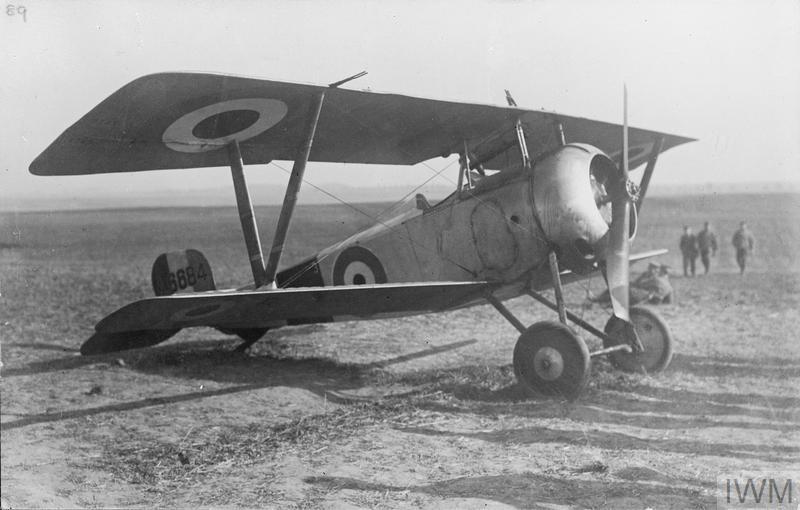
Cyril Marconi Crowe – was born in 1894, in Oakengates, England. In September of 1914, Crowe received his pilot´s licence and one month later joined the Royal Flying Corps. Although his military career was rather quick and successful – from a probationary second lieutenant to captain and then flight commander in less than a year – Cyril Crowe had to wait for the first aerial victory until spring of 1917.
On 24th April, Crowe downed his first enemy aircraft and it seems that event opened his successful series. Until the end of the month, he counted three more aerial victories. In June of 1917, his score of destroyed enemy aircraft was nine.
In October of 1917, Crowe was appointed a flying instructor at the Central Flying School. He did not stay there for long, returning to combat in February next year. ´Billy´, as the young ace was nicknamed, returned to his initial unit, No. 56 Squadron, and shot down five more enemies until July 1918.
Then, after death of another ace, James McCudden, Cyril Crowe took over the command of No. 60 Squadron. Regrettably, at the end of the month, Crowe had a car accident and killed his passenger, an old schoolmate. In consequence, he was relieved of command and temporarily demoted to captain.
After a month, Crowe returned to his rank and took over the command of No. 85 Squadron. Within this unit, on 16th October 1918, he scored his last, fifteenth aerial victory.
For his service in the Great War, Cyril Crowe was awarded the Military Cross and the Distinguished Flying Cross. He returned to military aviation during the World War II, serving as a wing commander in the RAF Volunteer Reserve.
Cyril Crowe died in 1974, aged 80.
George Hatfeild Dingley Gossip – was born in 1897, in Sydney, Australia. He reportedly was a grandson of George Hatfeild Dingley Gossip, American-English chess master and writer, who died in 1907. Although the name Hatfeild seems to be misspelled, it is exactly how it was written in both cases – in the RAF official documents, as well as many works regarding the chess player.
There is little known about his youth – in 1916, George Gossip attended the naval school but one year later received his pilot´s certificate and then joined the Royal Naval Air Service.
He initially served with No. 4 Squadron and downed his first enemy aircraft in October of 1917. Gossip became the flying ace on 30th June 1918, when he shot down two Fokker D.VII fighters – his fifth and sixth aerial victories.
After the war, Gossip remained in active duty. At the beginning of 1920, he was assigned to No. 56 Squadron RAF (later renumbered as No. 80 Squadron) that was reactivated in Egypt.
In September of 1922, the unit had been disbanded but Gossip, together with five other pilots, was assigned to No. 208 Squadron and deployed to Turkey.
On 24th April 1923, George Gossip was flying his Sopwith Snipe west of Istanbul. In the area of San Stefano village (in present day Yeşilköy, Istanbul district) the aircraft spun to the ground and the Australian pilot was reported killed on the spot.
Gerorge Gossip was buried at Istanbul cemetery.

Francis Peabody Magoun – was born in 1895, in New York. After earning his bachelor’s degree at Harvard, he volunteered the American Field Service as an ambulance driver. Then, he went to London and enlisted in the Royal Flying Corps, pretending he was Canadian.
On 4th July 1917, Magoun started his military career as a second lieutenant pilot in No. 1 Squadron RFC. His first aerial victory was recorded on 28th February 1918. Francis Magoun managed to shoot down three more enemy aircraft until the end of March. Nevertheless, for his fifth victory the young American pilot had to wait literally until the end of the war. On 28th October he destroyed a Fokker D. VII, finally earning the title of the flying ace.
For his military service, Magoun was awarded the Military Cross. After the war, the flying ace returned to the United States and continued his academic career at Harvard. He is also an author of several books on literature and history of football.
Francis Peabody Magoun died in 1979, aged 84.
Franz Wognar / František Štefan Wognar – was born in 1890, in Nagyszombat, the Austro-Hungarian Empire (in present day Trnava, Slovakia). He was initially educated as mechanic, then enlisted the Austro-Hungarian armed forces in 1913.
After the outbreak of the Great War, Wognar was transferred to aviation unit and became a pilot in May of 1915. His first appointment was Fliegerkompanie 2, where Wognar served as a reconnaissance pilot at the Italian Front.
In January of 1917, when Wognar was still flying two-seat aircraft, he earned his first aerial victory over a Nieuport fighter. In May of the same year, he destroyed another two enemy fighters and managed to shoot down the fourth one at the beginning of September.
On 16th September 1917, František Wognar earned his fifth – and last – aerial victory, downing an Italian observation balloon near Liga.
For his service in K.u.k. Luftfahrtruppen, František Wognar received several awards and medals, including the Silver Bravery Medal of the Second and First Class, the latter four times. His aerial reconnaissance duty was highly acknowledged, as well as his contribution to aerial photography and directing artillery fire.
After his fifth aerial victory, Wognar was appointed position of a test pilot. There is not much information about his post-war life. Reportedly, he served as a pilot during the Austro-Slovene conflict in Carinthia. According to Wikipedia, František Wognar died in 1943, in Odessa.
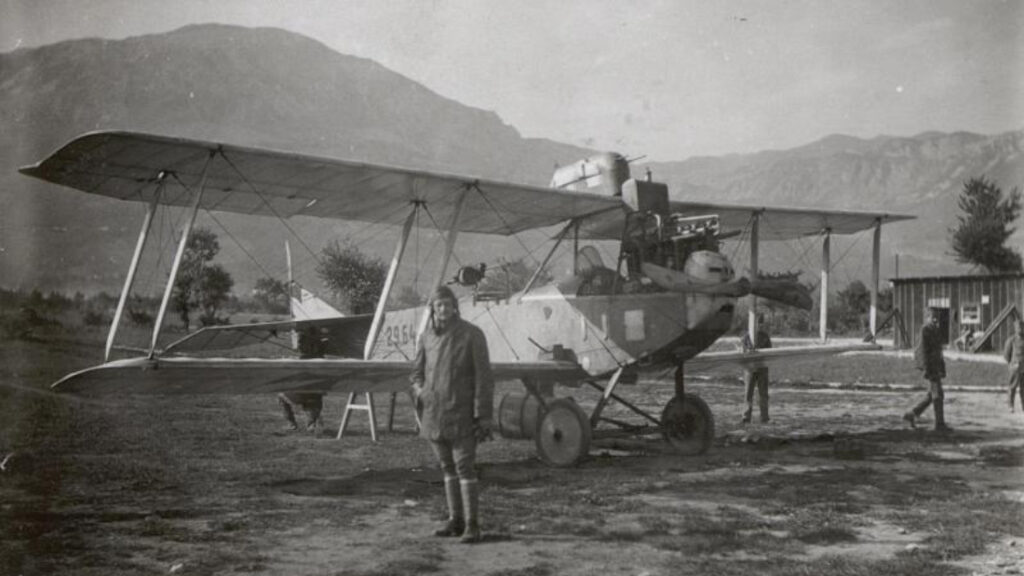
Cover photo: Hansa-Brandenburg C.I (1917), the type of aircraft flown by František Wognar while he achieved all his aerial victories (illustrative photo) – source: Österreichische Nationalbibliothek, “Am Flugplatz Landung des Apparates in Kragla” Signatur/Inv-Nr. WK1/ALB051/13975 POR MAG

